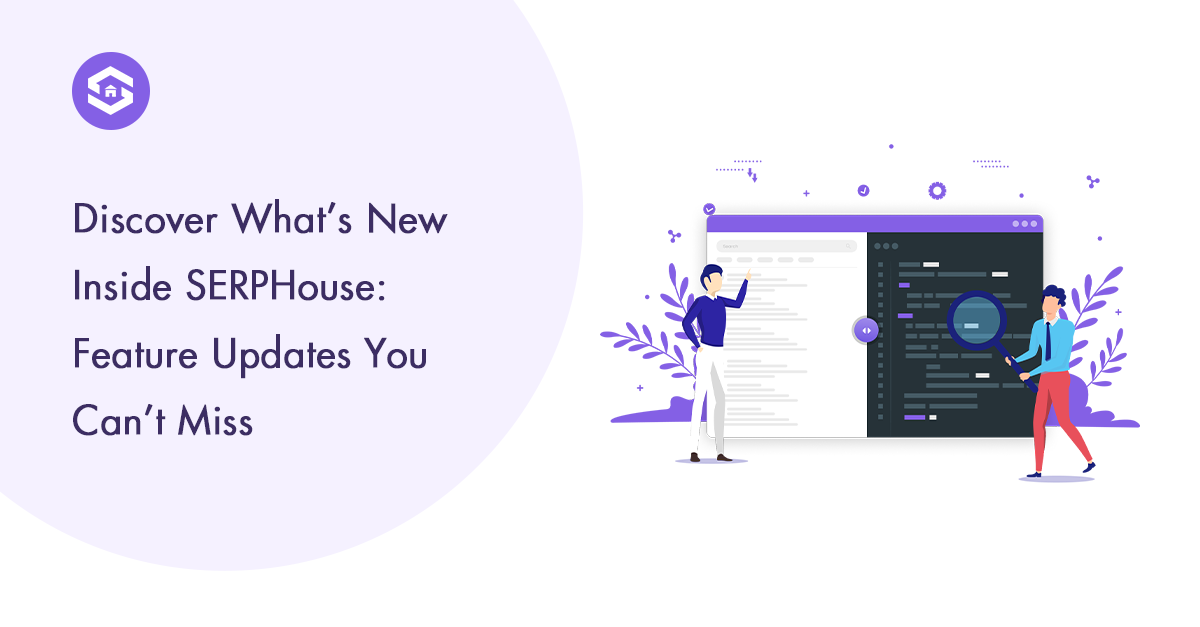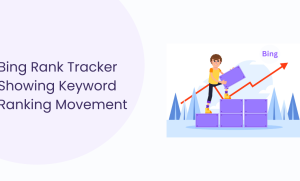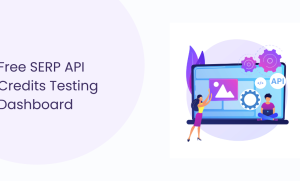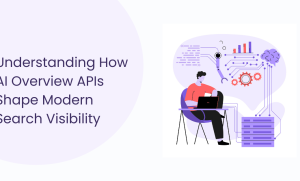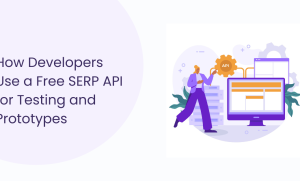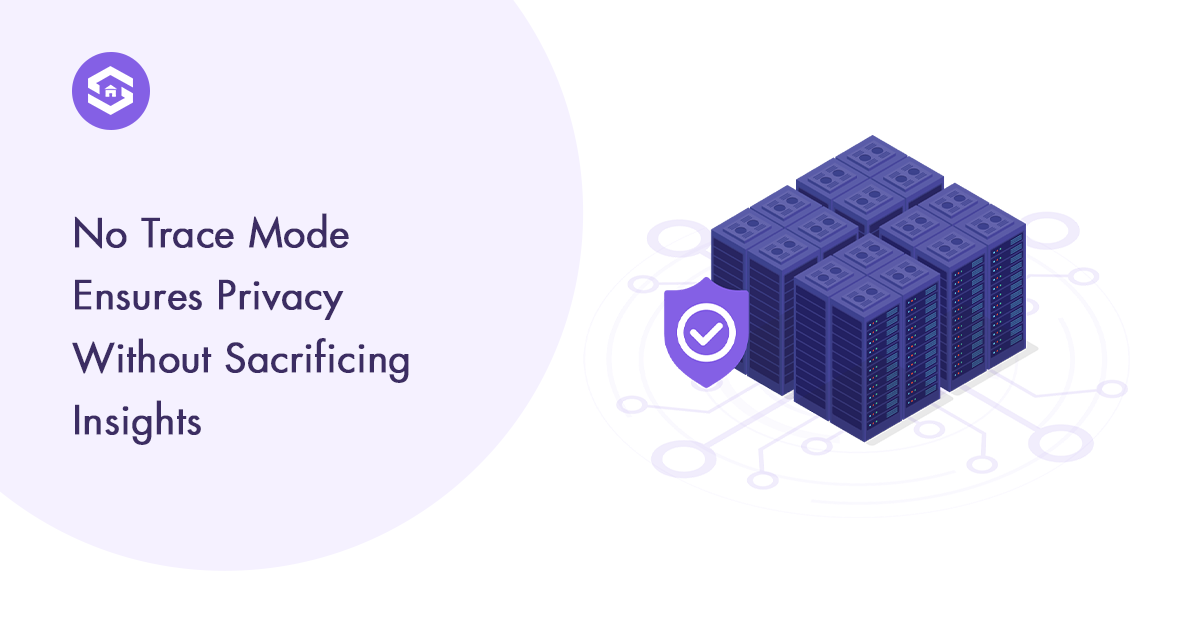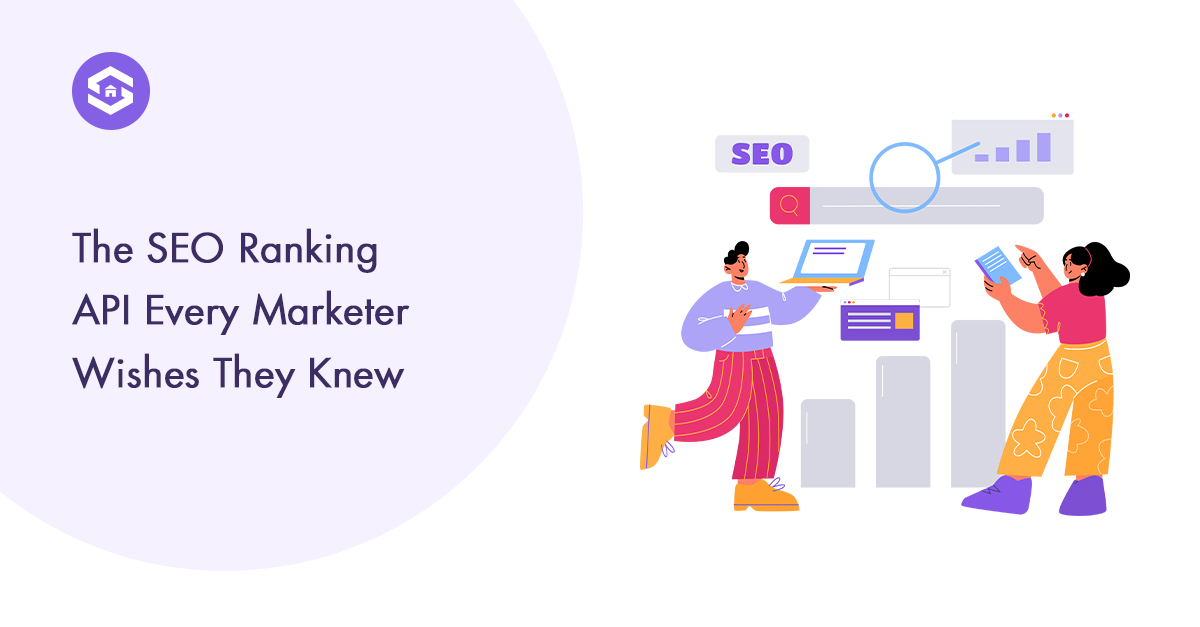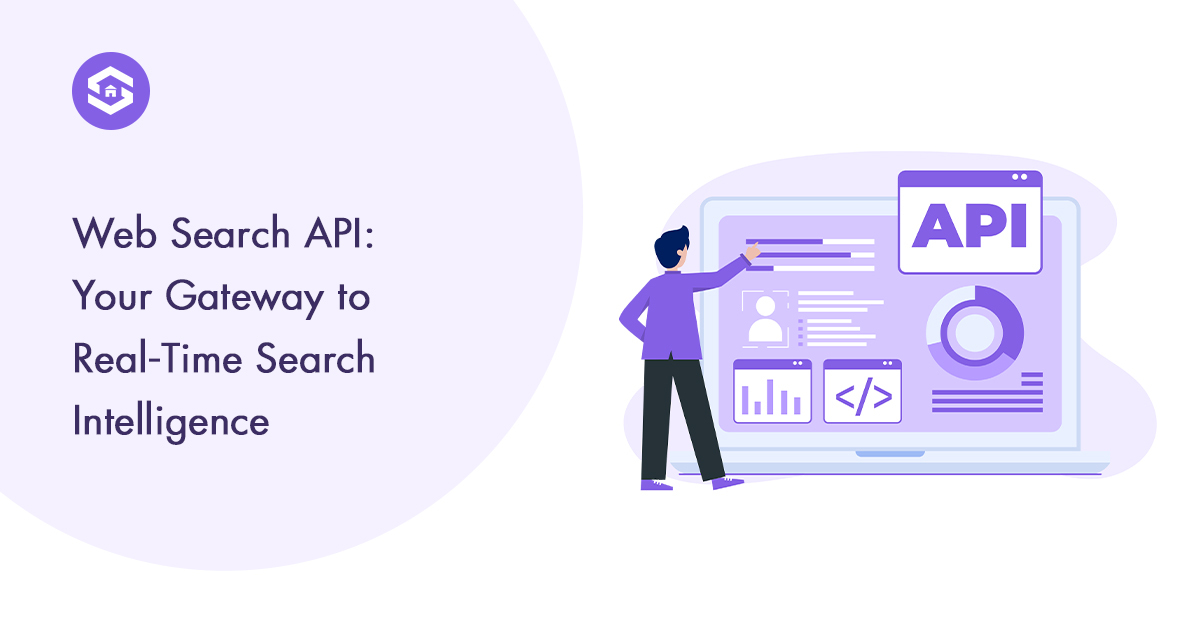Table of Contents
Table of Contents
If you’ve been keeping an eye on SERPHouse, you’ll know we don’t just push updates—we evolve with intention. The latest SERPHouse Feature Updates are not small adjustments; they are part of a larger change towards smarter, faster, and more flexible data handling. Whether you build an in-house SEO tool, expand scraping operations or fine-tune campaigns with accuracy of identification, this release changes the game.
From search API improvements to rank tracking accuracy, these updates are designed to make your workflows smoother, your deeper ideas and your faster data time. We’ve listened to our devs, marketers, and enterprise users—and rebuilt key features based on what actually matters in 2025: real-time SERP data, geo-specific targeting, and automation-ready integrations.
In this blog, we’ll break down every major update—from expanded API support to powerful bulk processing—so you know exactly how to make the most of them. Let’s dive in.
What’s New in the Latest SERPHouse Feature Updates?
Let’s get real—nobody gets excited about “minor updates.” So we didn’t bother with those.
Instead, we reimagined what SERPHHouse should feel like in 2025. The result? A faster, sharper, and more flexible scraping engine built for scale. The latest SERPHouse Feature Updates are designed to reflect that shift—focused on performance, precision, and scalability.
You’ll notice it from the first call you make:
- Web, Image, News, and Shopping SERPs—now all accessible through a single, streamlined API. No extra setup, no added complexity.
- Mobile, Tablet, and Desktop views—scrape what real users see on real devices, not just some generic layout.
- Hyper-local search support—from New York to New Delhi, zoom in on any market and own your regional targeting game.
What does that mean for you?
Better results. More control. And way less friction. Whether you’re chasing real-time search engine result data, fine-tuning your API integration updates, or scaling with advanced SERP scraping tools, these new features are built to match the speed and complexity of how search actually works today.
SERPHouse isn’t just keeping up with SERPs. We’re helping you stay ahead of them.
More Than Just Web: Now with News, Images & Shopping
Search isn’t one-dimensional anymore—and your data shouldn’t be either. While most scraping platforms stay focused on standard web results, SERPHouse now lets you go deeper into the real ecosystem of modern SERPs. That means full support for News, Image, and Shopping search APIs, all optimized to return precise, real-time data.
Whether you are tracking visual trends, monitoring brand mentions on news coverage or analyzing product placement on e-commerce platforms – it’s all in one place.
Here’s how it expands your reach:
- Image Search API: Perfect for eCommerce, media, and SEO teams monitoring visual content. You can now track how products or visuals appear across regions, devices, and queries.
- News Search API: Pull in structured headlines, links, sources, and timestamps to stay on top of trends, brand coverage, or real-time industry shifts.
- Shopping Search API: Ideal for pricing intelligence, product visibility analysis, and competitor tracking across global marketplaces.
It is not just about adding endpoints – it is about providing more context, more clarity and more competitive information. By extending beyond the basic web results, you now have access to rich SERP content that reflects how users interact with search today.
And with everything embedded in the same unified structure, there is no learning curve, no confusing alternative solutions. You just connect and scale.
Whether you build SEO panels, market research tools, or next-generation scraping workflows, these APIs meet the demand for modern depth and accuracy platforms. You are no longer just scraping the search – you are capturing the complete search experience.
Smarter Device Targeting: Mobile, Tablet, Desktop Insights
Here’s the thing—Google doesn’t serve the same results to everyone. A mobile user in São Paulo sees something completely different from a desktop user in San Francisco. That’s exactly why SERPHouse now gives you full control over device-specific SERP views.
This update isn’t just a checkbox. It’s a strategic move for teams that care about accurate, context-rich SEO tracking.
With device emulation now fully integrated into your API requests, you can:
- Choose between mobile, tablet, or desktop environments for any query.
- See how layouts, rankings, and featured snippets shift across devices.
- Compare how your content appears to different user segments.
Why does it matter?
Because device-based SERP data affects the way users click on what is indexed, and how competitors position their contents, if you are just looking at work results, you are losing up to 70% of the full picture at first glance on a mobile phone.
This also unlocks powerful workflows for:
- Mobile SEO tracking: Optimize for the SERPs that actually matter on small screens.
- Cross-device scraping: Build data pipelines that reflect real-world user behavior, not just assumptions.
By optimizing landing pages, testing ad channels or creating a customer performance report, this update brings accuracy and clarity to all analyzes. A SERP doesn’t fit everything – and now, you don’t have to settle with one.
Location Support Expansion: Country, State, City-Level Targeting
Search results can look entirely different based on where a user is searching from. And when your campaigns rely on accuracy, getting the right location data isn’t optional—it’s essential.
That’s why SERPHouse has stepped up its location game. You can now target SERPs not just by country, but down to state and even city-level precision. It’s a huge leap for teams working on hyper-local strategies, localized content testing, or competitor tracking in regional markets.
What can you do with this?
- Run geo-targeted SERP data extractions that reflect exactly what users in a specific city are seeing.
- Compare localized search results to identify ranking gaps, ad placements, and local business visibility.
- Build dashboards that report regional SEO performance in real time—perfect for agencies managing multiple client locations.
Let’s say you’re running SEO for a chain of stores. With city-level targeting, you’re no longer stuck with national averages. You can track what customers in Mumbai see versus what customers in Bengaluru see. That kind of data can make or break a local campaign.
And it’s all integrated. No complex configuration. Just pass the location parameter, and SERPHouse returns SERPs tailored to your chosen area.
In a world where search is personalized down to the street, your data should be too. With this update, SERPHouse makes sure it is.
Upgraded SERP Parsing: More Accuracy, Faster Speed
Let’s be honest—bad parsing ruins good data. If your tool grabs the wrong element or mislabels a result, your entire analysis can go off track. That’s why SERPHouse invested heavily in rebuilding its SERP parsing engine—and the difference is night and day.
The upgrade isn’t just about speed (though it is faster). It’s about precision. Whether you’re tracking top ads, featured snippets, local packs, or organic positions, the parsing engine now detects and labels elements with higher accuracy across every SERP type and layout.
So, what’s new under the hood?
- Improved logic for complex SERP structures like featured snippets, knowledge panels, and People Also Ask boxes.
- Better handling of SERP HTML parsing, especially on mobile and localized results.
- More consistent output formatting, making integration into your pipelines frictionless.
Whether you create automation reports, panels or flows, the result is cleaner, more structured research data-messy cleaning, without guessing what is what.
By analyzing the fastest behind-the-scenes race, you will notice a real-time ranking extraction, especially during high-volume scratches, multi-location or multiple devices.
In short, we didn’t just fine-tune the parser—we gave it a serious performance boost. Now, every result comes through clear, labeled, and ready to use.
Bulk Processing Just Got Easier
If you’ve ever tried to run hundreds or thousands of SERP queries at once, you know the pain: delays, failed requests, data timeouts, and endless retries. That’s exactly what SERPHouse aimed to eliminate with its latest bulk processing update—and yes, it delivers.
Now, handling high-volume SERP requests is smoother, smarter, and far more scalable.
Whether you’re tracking millions of keywords daily or syncing fresh results into a reporting tool, the bulk mode has been re-engineered to save you serious time (and server stress). Here’s how:
- Submit multiple queries in one go—across different keywords, locations, or device types.
- Get clean, structured responses grouped for faster parsing and post-processing.
- Fewer bottlenecks, reduced load, and better throughput, especially during peak usage windows.
It’s not just about handling volume. It’s about giving you full control over batch data extraction without sacrificing speed or accuracy.
This upgrade is a win for teams running automated rank tracking at scale, SEO agencies handling diverse clients, or platforms that need to deliver fast, reliable SERP insights to end users. You can run more, wait less, and trust the data you get.
Flexible Data Formats for Every Use Case
Different teams use SERP data in different ways. Some want it clean and structured for automation. Others need raw output to power custom logic. That’s why SERPHouse now gives you full control over how your data is delivered.
You can choose the format that fits your stack, your speed, and your strategy—whether you’re integrating with a database, piping results into a live dashboard, or syncing with internal tools.
Supported formats include:
- Structured JSON for developers who need clean, reliable, machine-ready results.
- Standard HTML for teams doing custom parsing or front-end display use cases.
- Optional customization to adjust the depth, fields, or layout based on what your project demands.
It’s all about data output customization that works with your flow, not against it.
Therefore, if you are scraping for insights, monitoring bulk keywords or feeding SEO analysis tools, the data comes in the way you want. Clean, consistent and ready to go.
Postback & Pingback Magic: Automate Everything
Waiting around for results? Not anymore.
With SERPHouse’s Postback URL and Pingback system, your data comes to you automatically, the moment it’s ready. No need to poll, refresh, or manually check job status.
Here’s how it works:
- You send your SERP request with a callback URL.
- Once the data is processed, SERPHouse pushes the response back instantly—whether it’s in Structured JSON, Standard HTML, or your preferred format.
- Your system listens, stores, or acts on it—hands-free.
This is perfect for high-scale setups, live dashboards, or any team that values automated SERP delivery without delay.
Simple, fast, and fully hands-off. Just set it and let it run.
Final Thoughts: What This Means for Users
These SERPHouse Feature Updates aren’t just technical improvements—they’re practical upgrades that solve real user problems.
From expanded SERP types and device direction to geographic support at the city level, faster analysis and delivery ready for Automation- SERPHouse is now clearer, faster and smarter in all important ways.
Whether you are a developer who creates custom tools, an agency that manages customer rankings or a product team research team – these features offer more control, more speed and more ways to win.
This isn’t just an API getting better. It’s a platform growing up.
And if you’re serious about scaling smarter in 2025, now’s the time to put these SERPHouse Feature Updates to work.

